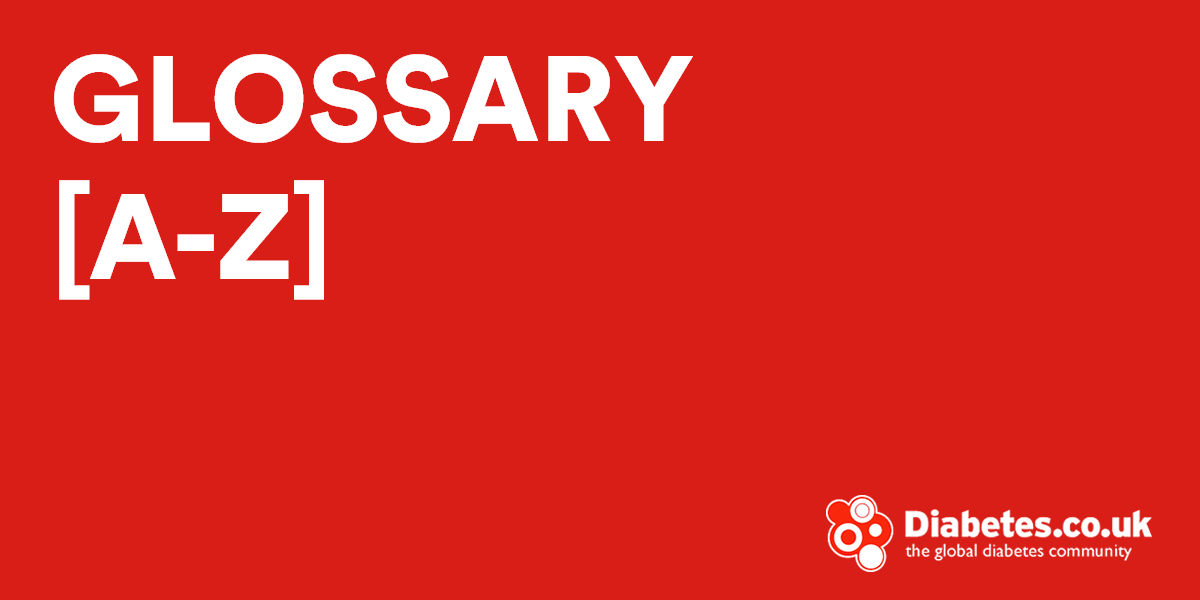rapid-acting insulin:
a type of insulin that starts to lower blood glucose within 5 to 10 minutes after injection and has its strongest effect 30 minutes to 3 hours after injectio, depending on the type used. See aspart insulin and lispro insulin
rebound hyperglycemia (HY-per-gly-SEE-mee-ah):
a swing to a high level of glucose in the blood after a low level. See Somogyi effect
receptors:
see insulin receptors
Recognized Diabetes Education Programs:
diabetes self-management education programs that are approved by the American Diabetes Association.
regular insulin:
short-acting insulin On average, regular insulin starts to lower blood glucose within 30 minutes after injection It has its strongest effect 2 to 5 hours after injection but keeps working 5 to 8 hours after injection. Also called R insulin.
renal (REE-nal):
having to do with the kidneys A renal disease is a disease of the kidneys. Renal failure means the kidneys have stopped working.
renal threshold (THRESH-hold) of glucose:
the blood glucose concentration at which the kidneys start to excrete glucose into the urine
repaglinide (reh-PAG-lih-nide):
an oral medicine used to treat type 2 diabetes It lowers blood glucose by helping the pancreas make more insulin right after meals. Belongs to the class of medicines called meglitinides. (Brand name: Prandin.)
retina (REH-ti-nuh):
the light-sensitive layer of tissue that lines the back of the eye.
retinopathy:
see background retinopathy , proliferative retinopathy , and diabetic retinopathy
risk factor:
anything that raises the chances of a person developing a disease.
rosiglitazone (rose-ee-GLIH-tuh-zone):
an oral medicine used to treat type 2 diabetes It helps insulin take glucose from the blood into the cells for energy by making cells more sensitive to insulin. Belongs to the class of medicines called thiazolidinediones. (Brand name: Avandia)





